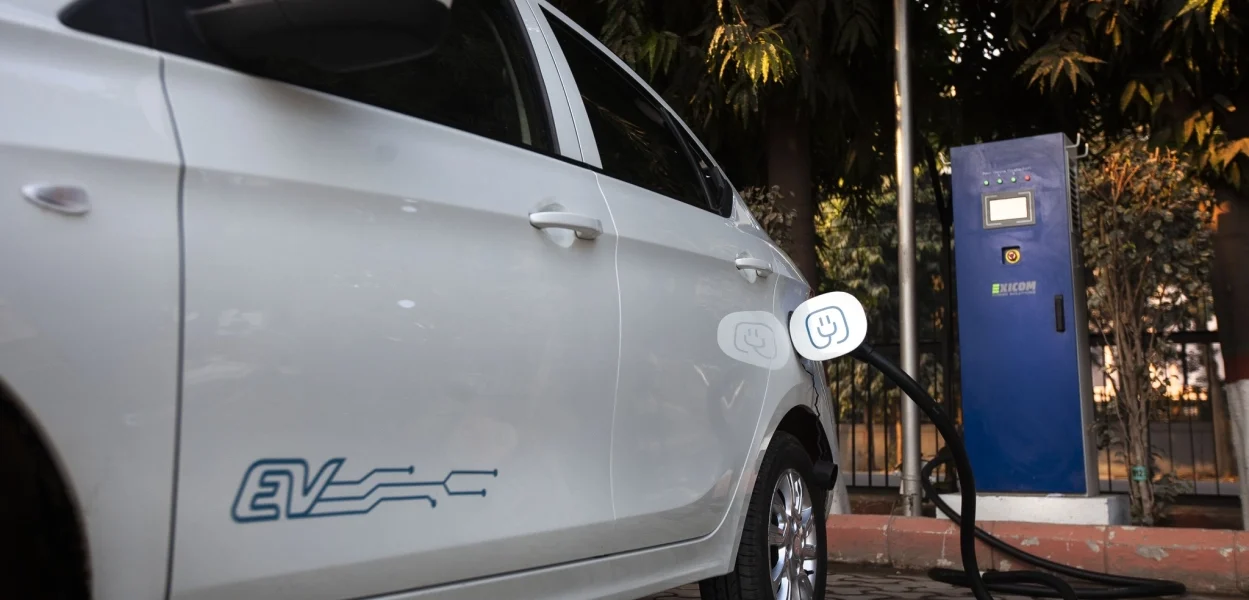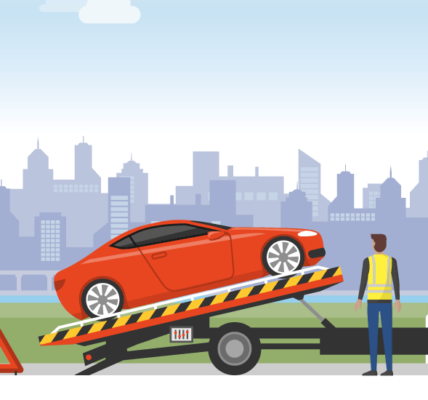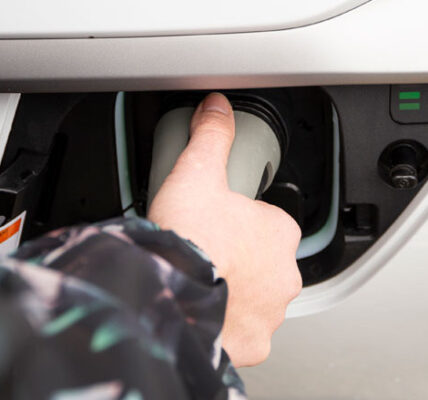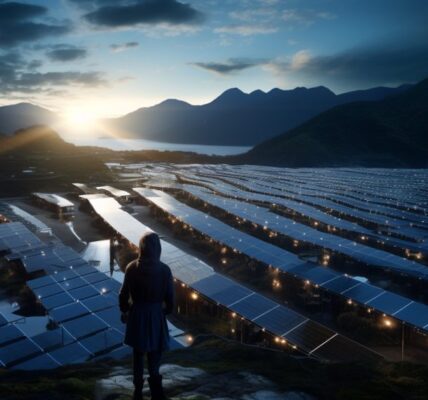Electric vehicles which charged in charging stations across India consumed 204.99 million units of power in FY23. The data has been collected for the first time ever by Central Electricity Authority (CEA) from power distribution companies (discoms) across the country. Small electric vehicles consumed 96.04 million units and heavy electric vehicles a total of 108.93 million units of power.
The data is only from charging stations as these stations. If an individual charges his or her EV in a house or shop, the power supply will be part of that power consumption. CEA does not have data for EVs charged at homes/offices, except where charging stations are installed.
Within the country, it is Delhi’s electric vehicles which have consumed the maximum amount of power. With the Delhi government promoting electric vehicles to control pollution and increase the air quality, a total of 113.256 million units of power has been consumed by electric vehicles in the national capital.
Next to Delhi, is Maharashtra with a total consumption of 57.282 million units and within Maharashtra, electric vehicles in Navi Mumbai, Pune, Thane, Nagpur consumed 39.558 million units and EVs in Mumbai have consumed 17.724 million units.
EVs in Gujarat consumed a total of 25.07 million units and data from all other states and Union Territories show that there are not many electric vehicles in these states.
“Last financial year was the first to collect data on how much power has been consumed by electric vehicles. We have received data from various discoms but some discoms like Tangedco, DGVCL Gujarat have not submitted the data for the last quarter of the year and thus the total consumption may vary if we get data from all discoms,” said a senior CEA official.
He said the discoms have collected data from charging stations set up at various places. “We expect the power demand from the charging stations to increase this year as more EVs are likely to be sold in the present financial year. Many states are likely to purchase electric buses to replace their old buses. Similarly, individuals are also interested in changing the petrol vehicles with EVs and therefore, the amount of power consumption by vehicles will increase,” said the official.
Incidentally, the last financial year had seen a good sale of electric vehicles. As per data, 12.43 lakh electric vehicles were sold in the year 2022-23 and this is a 154% increase in the sale of EVs. In terms of percentage of all automobile sales, EVs account for 5.59%.
In 2022-23, 7.79 lakh electric two wheelers were sold and 4.07 lakh three wheelers and 53843 four wheelers were sold. In terms of percentage increase, electric two-wheeler sales saw an 179% rise and 4 wheelers 154%.
Ola Electric was the top seller in the two-wheeler category with the sale of 1.65 lakh units. Next is Hero Electric with 97,812 units. Tata Motors continues to dominate in the four-wheeler segment with a sale of 42,701 units and has a market share of 79%.
Though the Centre wants to promote manufacturing of electric vehicles in the country, the prices of EVs have increased from the first of this month. Prices of electric two-wheelers has increased as the central government reduced the subsidy structure.
On May 19, the Ministry of Heavy Industries restructured the Faster Adoption and Manufacturing of Electric Vehicles (FAME) scheme. As per the new structure the subsidy per electric two-wheeler declines from 40% to 15% of the ex-factory price or from ₹15,000/kWh to ₹10,000/kWh.
Under the earlier structure, some electric two-wheelers were getting a subsidy of up to ₹60,000 and now companies would have to absorb or pass on the subsidy loss.
The costs of electric two-wheelers have gone up from anywhere between ₹10,000 to ₹40,000. While some companies have fully passed on the subsidy loss, others have partially passed it on to the consumer.
TVS iQube‘s price increase will be in the range of ₹17,000 – ₹22,000. TVS Motor is also extending an additional loyalty benefit to its customers who have pre-booked before May 20, 2023, said a company statement.
Among other electric vehicle makers, Greaves Cotton, which owns Ampere Electric’s two-wheeler company, has also increased prices between ₹21,000 – ₹39,000.
“The Indian EV industry is still in its early stages but has been growing rapidly. According to reports, India’s EV market is expected to reach 17 million units by 2030, with 80% of new vehicle sales being electric by 2040,” said an analyst.
To drive local production, the Centre has announced several incentives for EV manufacturers. The Faster Adoption and Manufacturing of (Hybrid &) Electric Vehicles in India (FAME India) scheme was launched in 2015 (phase II launched in 2019) to promote the adoption of electric and hybrid vehicles in the country.
“Under the scheme, incentives are provided to EV manufacturers and buyers to encourage the adoption of EVs. The scheme has been extended till 2024 with a total budget of ₹10,000 crore,” said the analyst.
Apart from incentives, the government has also introduced policies to promote local production of EV components. In March 2021, the Production Linked Incentive (PLI) scheme was launched, providing incentives to manufacturers of EV components such as lithium-ion batteries, electric motors, and EV chargers. The scheme aims to attract investments worth ₹18,100 crore and create job opportunities in the EV industry.
“The number of charging stations is not enough and this needs to increase. According to a report by the Society of Manufacturers of Electric Vehicles, India had around 1,800 EV charging stations as of March 2021. But the government aims to set up at least one charging station every three kilometers in cities and every 25 kilometers on highways,” said the analyst.
To achieve this target, the government has announced the deployment of 69,000 public EV charging stations across the country. “This is where we may see the silver lining in the electric two-wheelers segment as this segment has a lower charging requirement compared to four-wheelers, and this helps in mitigating the issue of charging infrastructure and faster adoption of electric two-wheeler,” he said.
Apart from government initiatives, several Indian companies are also working towards promoting local production of EVs. They are adopting sustainable practices in their production process to reduce their carbon footprint.
The local production of EVs has the potential to create job opportunities, reduce air pollution, and contribute to the country’s economic growth. The Indian government’s aim to achieve 100% local production of EVs is a significant step towards promoting local manufacturing and reducing imports. This will not only create job opportunities in the EV industry but also encourage the development of a local EV component industry, which will further strengthen India’s manufacturing capabilities.








